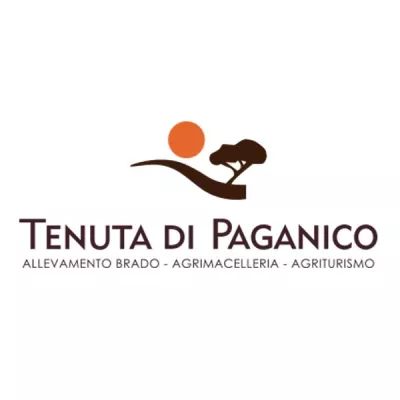General information
RDP Priority
- P5. Resource efficiency and climate
RDP Focus Area
- 5E: Carbon conservation & sequestration
RDP Measure
- M08: Investments in forest areas
Beneficiary type
- Farmer / land manager
Summary
Climate change has already had a negative impact on the forests of southern Tuscany, Italy. Consequently, the reduction of the risk of fires in future is of high priority. At the same time, the organic hill farm of Tenuta Paganico was keen to enhance its methods for silvo-pasturing of its livestock. The idea was to combine both ambitions. This project focused on making dual use of re-instating and improving the maintenance of previously neglected forest firebreak strips in an area that was affected by major fires in 2017. The area was cleared of dead wood, high-risk trees and was reduced in density to make the firebreak strips more effective in future. In addition, a 10 meter-wide margin was thinned out alongside the strip to promote the growth of established fruit trees. This created the conditions to facilitate livestock silvo-pasture on undergrowth plants.
Results
The main results obtained were:
- 2.29 hectares of forest were cleared.
- 5.82 hectares of firebreak strips were restored.
- 6.47 hectares of forest along both sides of the firebreak strips were cleared from big trees to provide an additional feeding area for the livestock.
- One existing pond (500 m2) was restored and another new pond (200 m2) was created to offer the livestock herd additional drinking water points.

Promoter
Tenuta di Paganico Soc. Agr. SpA
Funding
Total budget: 124 767 (EUR)
EAFRD: 53 800 (EUR)
National/regional: 70 967 (EUR)
Context
Tenuta Paganico is a large hill farm of nearly 1 500 hectares located in southern Tuscany, near the coast. Established in 1924, the farm has a long history of agriculture. It converted to organic agriculture two decades ago and expanded into hospitality in 1997. The farm’s main lines of production are forage, grapes, extra-virgin olive oil and livestock rearing. The livestock consists of local breeds: cows (‘Maremmana’) and pigs (‘Cinta Senese’) that are raised within a forest environment, across some 1 100 hectares of woodland (mainly tall Turkey oaks). Almost all the produced meat is sold on-farm and it also supplies the farm’s agro-tourist restaurant.
In July 2017, a severe forest fire seriously affected a part of the farm’s woodland, leaving many trees fallen on the ground and several firebreak strips in need of clearing and maintenance. To help with these tasks, the farm applied for support from the Tuscany RDP.
Objectives
The main aims of this project were:
- To improve the overall resilience of the forest area by implementing several actions to reduce the risk of fires.
- To facilitate silvo-pasture methods and grazing of livestock on forest undergrowth, including the restoring and installation of watering points for the animals.
Activities
The main project activities included:
- Clearing the forest plots from pine species (pine is more prone to fires); and clearing other plots from non-viable trees and reducing the density of the forest, thereby reducing the risk of new fires.
- Clearing and re-instating several firebreak strips that had been abandoned in past decades.
- Preparing the site for grazing of livestock, with particular emphasis on the firebreak strips, to provide additional feeding area for the livestock and to facilitate control and maintenance while simultaneously improving biodiversity.
- Creating a few water points for livestock.
All actions were tendered locally; the commissioned firm came from the bordering province of Viterbo.
Main results
- 2.29 hectares of forest were cleared.
- 5.82 hectares of firebreak strips were restored.
- 6.47 hectares of forest along both sides of the firebreak strips were cleared from big trees to provide an additional feeding area for the livestock. This area was 10 meters wide on both sides of the firebreak, fostering the growth of traditional fruit trees that were already present in the area.
- One existing pond (500 m2) was restored and another new pond (200 m2) was created to offer the livestock herd additional drinking water points. In both cases the bottom of the ponds were sealed using locally compacted clay soil.
Key lessons
- The farm’s original application included the creation of drinking points. However these locations needed to be dropped 2.5 years after project approval, when the Management Authority realised that such action would conflict with existing water basin regulations. This required the beneficiary to revise the project plans.
- The overall Measure 8.3 procedure proved quite challenging for the beneficiary. Forms were not always very clear and the number of documents required when reporting was huge.
- The schedule of project works was delayed by exceptional weather problems, leading to an overall delay of one year in the implementation of the project.
“A major problem was the access to some workplaces, because the old paths and strips had been covered by trees.”
Project promoter
Jacopo Goracci

